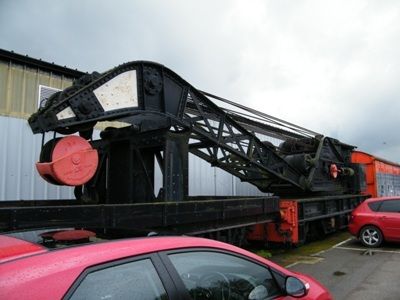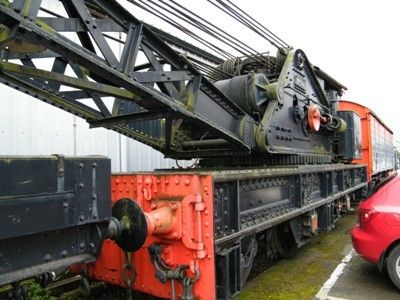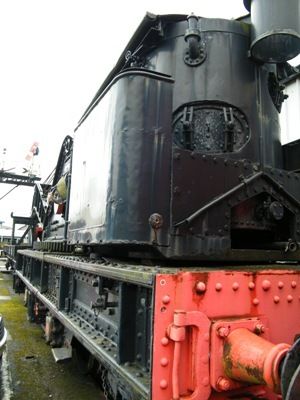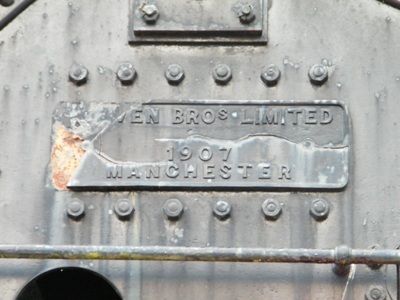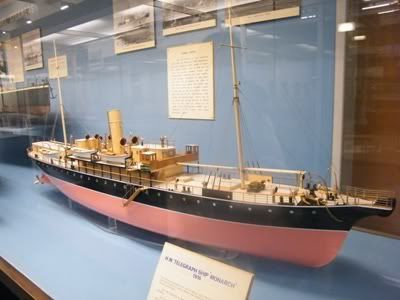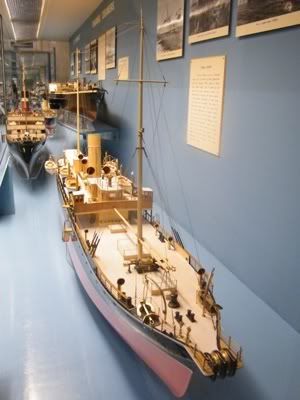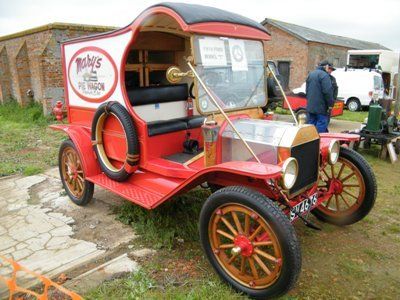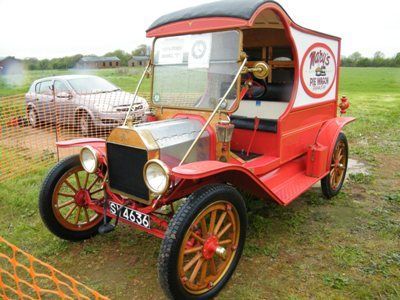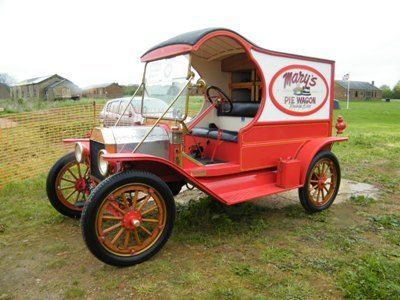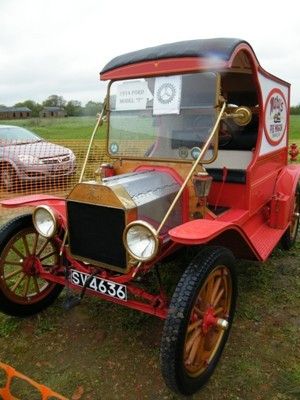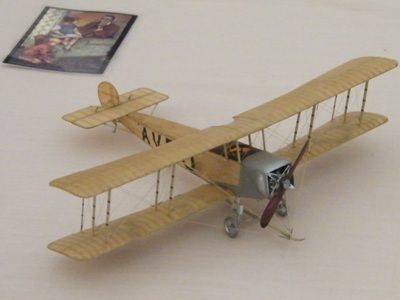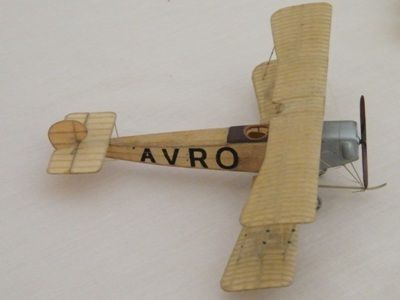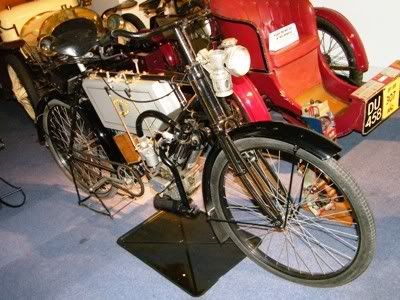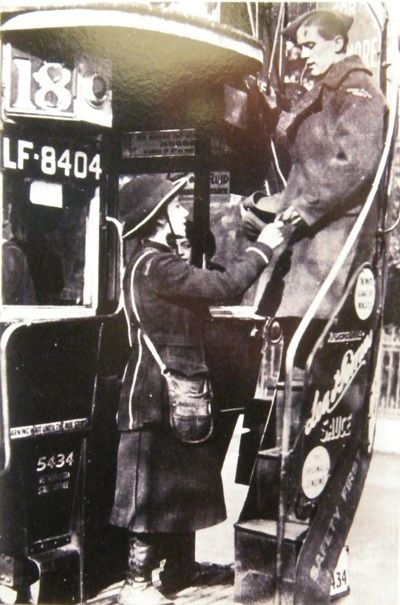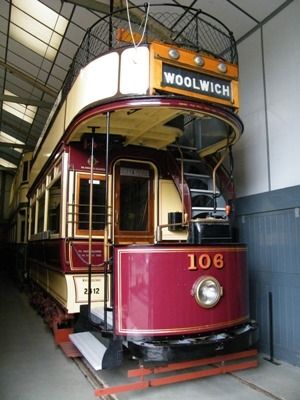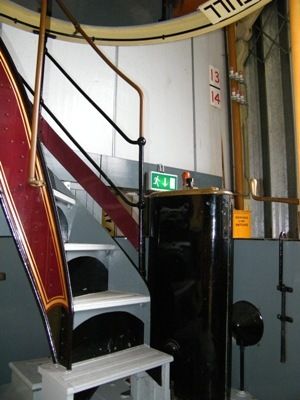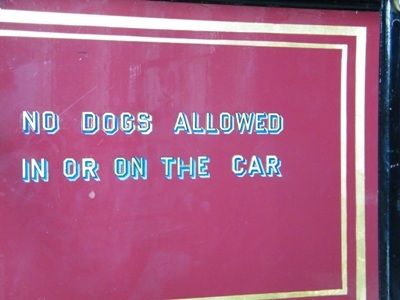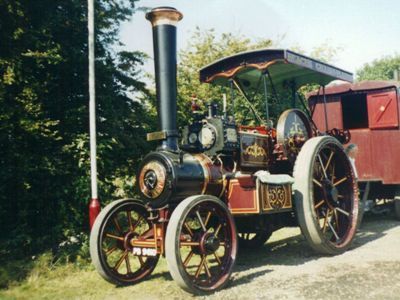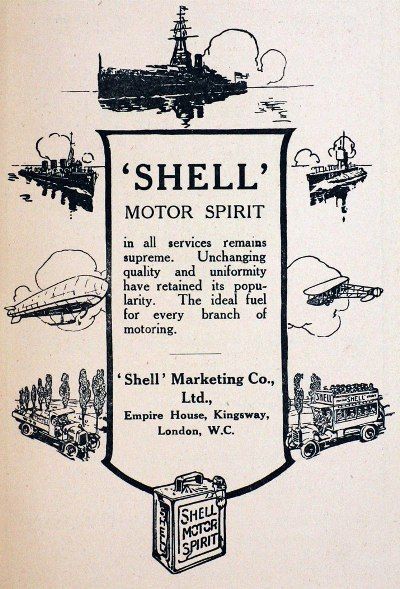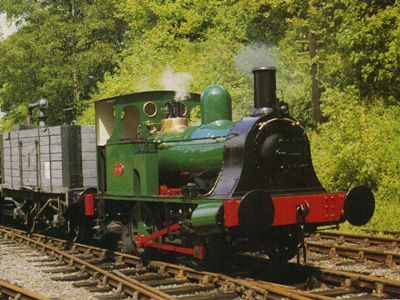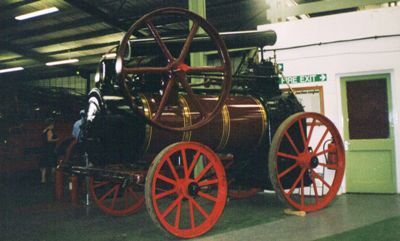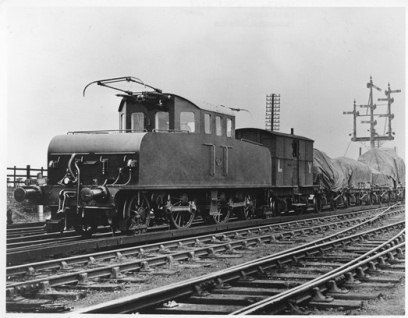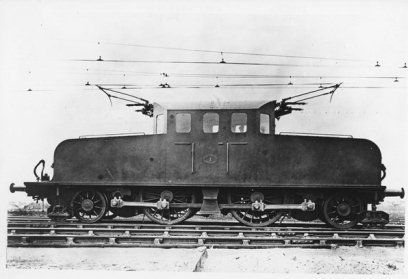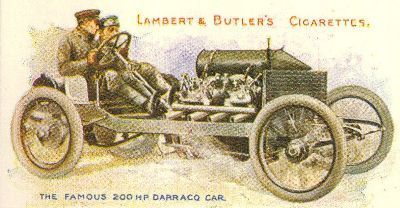A blog about the Edwardian era in the UK - objects, buildings, people, literature, film and all other aspects of the Edwardian era (covering 1901-1919)

Thursday 30 August 2012
North Eastern Railway Steam Breakdown Crane, 1907
This is one of three steam powered breakdown cranes ordered by the North Eastern Railway with the firm of Cravens Brothers in 1907, rated at 25 tons capacity. When delivered, they were the largest capacity breakdown cranes on any British railway. As well as being used to recover broken down or crashed locomotives or other rolling stock, they were also used for moving heavy railway-related objects, such as replacing railway lines, bridge parts etc.
After many years of useful service, one of the cranes, known as CME13, was preserved by the National Railway Museum at York. When delivered it was allocated to Gateshead, but spent most of it's time at Middlesbrough Shed until that location closed in 1958, then spent time elsewhere, notably at Thornaby, Wakefield and Shirebrook until retired in 1971. It was formerly on display in a public area between the two large display halls, however is now in a rather sadder condition in the staff car park, where I was able to access and photograph it on a very wet day
Tuesday 28 August 2012
HM Telegraph Ship 'Monarch', 1916
This is a 1:48 scale model of the 'Monarch', a cable repair ship built in 1916 by Swan, Hunter and Wigham Richardson Ltd of Newcastle-on-Tyne for the Post Office. Launched on May 18th 1916, this twin screw vessel was used for laying and repairing cables around the British Isles
Sunday 26 August 2012
Ford Model T Van, 1914
Saturday 25 August 2012
1903 Petrol Electric Autocar Restoration Progress
This is one of the latest images of the restoration of the North Eastern Railway 1903 Petrol Electric Autocar, courtesy of the 1903 NER Autocar Trust, a self-propelled carriage as covered in one of this blog's first posts, here - http://electric-edwardians.blogspot.co.uk/2011/07/1903-petrol-electric-autocar.html . This photo shows the tongue and groove boarding on the non-passenger end and really shows off the lines of this fascinating railway vehicle.
For more information on this fascinating project, please visit the website at http://www.electricautocar.co.uk/
Friday 24 August 2012
Avro 504 Biplane, 1913
Designed for training and private flying, the first Avro 504 flew in September 1913, equipped with the popular 80hp Gnome rotary engine. It was a popular two seat aircraft, and some were bought by the Royal Flying Corps and Royal Naval Air Service and went with them to France in 1914 at the outbreak of war. After serving in the early months of the war, including involvement in the succesful raid on the Zeppelin works at Friedrichshafen, an important early blow to the Zeppelin fleet. It was soon obsolete for front line service and was then used for training, although in 1917 some were converted into night fighters for defence against the airship and aeroplane raids on the UK. In total, almost 9,000 were built, and this scale model depicts a very early Avro 504, as they would have appeared as built in 1913 and 1914 in civilian markings
Wednesday 22 August 2012
Midland Railway Poster, 1903
Midland Railway poster dating from 1903, advertising tourism in Derbyshire. A reproduction of the poster can be bought from - http://www.past-reflections.co.uk/Derbyshire_Tourism.html
Monday 20 August 2012
Riley 'Motor Bi' Motorcycle, 1903
This early motorcycle was built by the famous bicycle manufacturer of Riley in 1903. Like many other early motorcycles it still retains many features usually found on a bicycle, including stirrup type brakes, pedal and chains to the back wheel (for help in starting the engine) and a cycle frame, reinforced to carry the weight of engine, and very flat petrol tank
Sunday 19 August 2012
London Female Bus Conductor, c1917
This great photograph shows a female Bus Conductor on a London Bus during the First World War, issuing a ticket to a man serving with the Royal Flying Corps, wearing the distinctive Royal Flying Corps Greatcoat and side cap. The first female Bus Conductor in London started work in November 1915, replacing men who had left to join the armed forces, however as with many occupations where women filled the gaps left by men during the Great War, they had to give the jobs up when the men returned in late 1918 and 1919
Friday 17 August 2012
London County Council Tram 106, 1903
One of the smallest types of electric trams used in London, LCC 106 was built in 1903 by Dick Kerr in Preston, Lancashire. Dick Kerr trams, which 106 is typical of, were extremely popular and used in a great many of the towns and cities that adoped electric tramways in the 1900's.
106 was one of 100 Class B Cars ordered by London County Council, and like most of the electric trams used across the country, was built as a double deck, open top car with open platforms at each end - which during service went under many changes. Originally built with 'reversed' stairs, they were changed in 1906 with direct stairs as it has now, and in 1911 106 was rebuilt with a fully enclosed top deck. When built, 106 could seat 22 downstairs on two long benches which face each other, and 34 on seats upstairs
Thursday 16 August 2012
SS Terra Nova - found!
Very exciting news from the Schmidt Ocean Institute - the SS Terra Nova, built in 1884 for use as a Whaler but became more famous for it's use as a polar research vessel, especially with the 1910-12 British Antarctic Expedition, more well known as the Terra Nova Expedition in which Captain Scott attempted to reach the South Pole, succeeded but was not first and then died, has been found near Greenland where it sunk in the 1940's;
http://www.schmidtocean.org/story/show/826
For more about the SS Terra Nova;
http://en.wikipedia.org/wiki/Terra_Nova_(ship)
And the expedition it is most famous for;
http://en.wikipedia.org/wiki/Terra_Nova_Expedition
http://www.schmidtocean.org/story/show/826
For more about the SS Terra Nova;
http://en.wikipedia.org/wiki/Terra_Nova_(ship)
And the expedition it is most famous for;
http://en.wikipedia.org/wiki/Terra_Nova_Expedition
Wednesday 15 August 2012
Watch The Earliest Dickens Film - The Death of Poor Joe, 1901
Courtesy of the BFI who have uploaded this to Youtube, this is the earliest Dickens film surviving, 'The Death of Poor Joe' from 1901
Monday 13 August 2012
Burrell Traction Engine 3786 'Tiger', 1918
Saturday 11 August 2012
Thursday 9 August 2012
Borrows Well Tank Shunting Locomotive 'King', 1906
Shown on an old postcard in my collection, this is 1906 built industrial Steam Locomotive 'King', built at Providence Works in St Helens, Merseyside. It was built to a design by Edward Borrows, and so these type of locomotives are known as 'Borrows'. It is an 0-4-0WT, 'WT' meaning 'Well Tank', which in turn means that the water tanks are in wells between the frames of the locomotive and not visible. This small locomotive spent most of it's working life at United Glass in London. It was the starting Locomotive for the Shackerstone Railway Society, now the Battlefield Line where it is shown on this postcard, and is now on display at the Ribble Steam Railway - http://www.ribblesteam.org.uk/index.php?option=com_content&view=article&id=71:the-king&catid=36:stock-details&Itemid=65
Wednesday 8 August 2012
Labels
Giving something a go to try and make it easier to find posts on specific subjects - fairly self explanatory, I try to not to make it too specific, broad enough to cover all items on the subject - for example 'Electric Railways' will also cover the infrastructure, electric passenger stock as well as the locomotives, Trams will cover horse-drawn and electric Trams etc etc. Click the links below and give it a go!
Labels:
Electric Railways,
Films,
Steam Locomotives,
Trams
Tuesday 7 August 2012
Youngs Portable Engine, 1910
This is a Portable Engine, a small steam engine that were used on farms or industrial sites for powering machinery using it's flywheel, much in the same way as Traction Engines were used. The difference between a Traction Engine and a Portable Engine is that a Portable Engine is not self-propelled, and so has to be towed to locations rather than drive itself there. The advantage of a Portable Engine over a Traction Engine is that they were much cheaper. This example from 1910 built by Youngs of Diss, Norfolk can be seen close to where it was made, at the Bressingham Steam Museum near Diss, Norfolk
Monday 6 August 2012
Lancashire & Yorkshire Railway Electric Locomotive Number 1, 1912
These rare photographs, courtesy of the Lancashire & Yorkshire Railway Society (http://www.lyrs.org.uk/) show Lancashire & Yorkshire Railway No 1, the first of two electric locomotives by the Lancashire & Yorkshire. It was built in August 1912 to the 2-4-2 configuration, meaning that it has four main, powered wheels and two 'trailing' wheels at either side. This is very unusual for an electric locomotive which usually has all of the wheels powered, and not just that, but as can be seen the powered wheels are coupled together which is again very unusual for an electric locomotive (in fact I can't think of any other electric locomotive with coupling rods). This is similar to the 2-4-2T (Tank) steam locomotives also built by the railway.
The steel body on top of the chassis has the driver's compartment in the centre similar to electric locomotives of the time, often known as the 'steeplecab', and can collect the electricity from shoes which pick up the current from a third, electrified, rail alongside the railway track, or from overhead wires. When it entered service, it did little work apart from trials and from 1914-18 was sheeted over and stored in the paint shop at the Lancashire & Yorkshire's Horwich works, but towards the end of 1918 was transferred to the Liverpool and Southport electrified line and used to haul freight. It was known to have poor riding qualities and on a few occasions had to be rescued by a steam locomotive when it broke down. No 1 was soon taken out of service and scrapped in 1922.
My thanks go to the Lancashire & Yorkshire Railway Society for letting me use these images, they have different images of this locomotive and other Edwardian railway images on their superb website;
Sunday 5 August 2012
The famous 200hp DARRACQ - THE FASTEST CAR ON EARTH (Lambert & Butler Motors, 4 of 25)
This is 4 of 25 in the Lambert & Butler Motors Series of Cigarette Cards, issued in 1908, showing the 1905 Darracq 200hp which broke the land speed record in the year it was built. From the back of the card;
"Some recent successes - 2 miles in 58.4/5 seconds, equal to 122.5 miles an hour. Florida Beach, Jan., 1907. Florida, Ostend, Dourdan, Scheveningen, Blackpool, &c. 15 Races = 15 Firsts and 7 World's Records. Gaillon Hill Climb - Flying kilometre up gradient of 1 in 10, in 25 secs. ; equal to 90 miles an hour. This remarkable car has never been beaten"
This amazing car survives today and can be seen at Vintage Sports Car Club events, although i'm yet to be at the same event as this Darracq
'The Airship Destroyer', 1909
For more information on 'The Airship Destroyer', please visit this superb blog post on the Airminded blog -http://airminded.org/2007/03/22/the-airship-destroyer/
Saturday 4 August 2012
Watch 'An Otter Study', 1912
A fascinating film using a special underwater filming tank, showing the habits of the British Otter, a population which went into serious decline through the 20th century but thankfully is now gaining again in numbers
Friday 3 August 2012
Durkopp Motor Omnibus, c1907
This is a period advert from The Motor Car Emporium Ltd, of Addison Road North, Holland Park Avenue, London. The Motor Car Emporium was a dealer in Durkopp and de Dion Bouton vehicles, specialising in commercial vehicles. This advert shows a Durkopp chassis fitted with a double decked omnibus body. The image shows a Motor Omnibus 'As supplied to the Hastings & St Leonards Omnibus Co. Ltd. (identical to 51 supplied to The London Road Car Company)'
Wednesday 1 August 2012
Watch 'Flying at Pwllheli', 1911
This newsreel clip uploaded by the British Film Institute shows British aviator HJD Astley crash on take-off in his Bleriot XI Monoplane from Pwllheli, Wales. In 1912 at an airshow in Belfast on September 22, his aircraft plummeted 100 feet to the ground, and Astley died from head injuries.
Subscribe to:
Posts (Atom)
